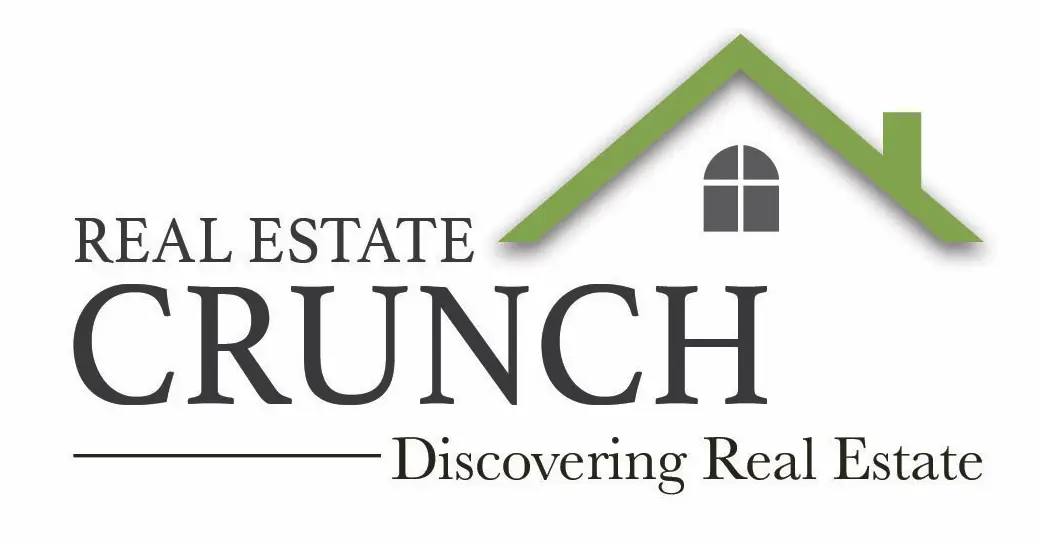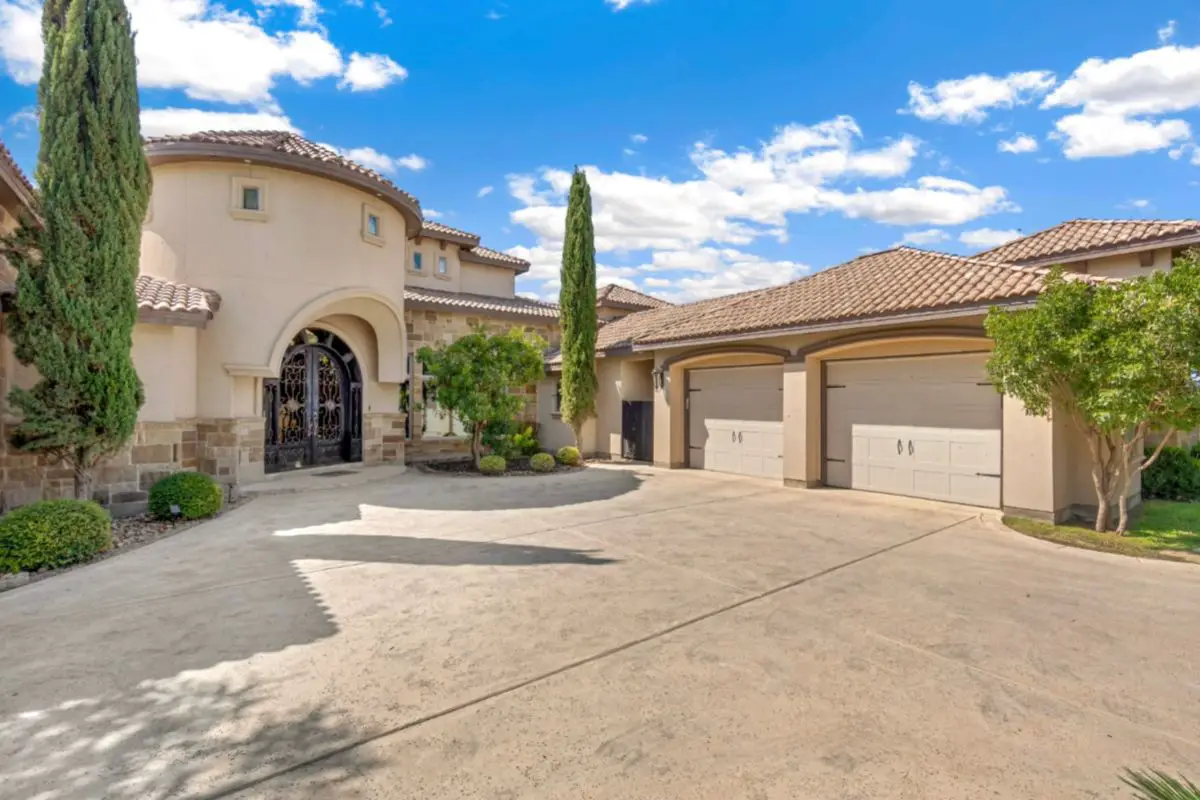Property rights form the crux of many discourses in philosophy, law, and sociology, culminating in an intricate conceptual framework that envelopes two central themes: personal and private property. As building blocks of economic structure and the cornerstone of societal norms, understanding these two types of property rights illuminates the foundations of our socioeconomic systems and helps us navigate the gray areas of ownership and suitable control.
Arriving at these definitions from historical statutes, legal codes, and philosophical theories, this discourse aims to unfold the principles distinguishing personal property from private property. Simultaneously, it will trace the patina of time to unravel the widespread implications of these distinct definitions on social interaction, economic growth, and ethical norms.
Table of Contents
- Definition of Personal and Private Property
- Origins and Evolution of the Terms
- Rights Associated with Personal and Private Property
- Comparative Analysis of Personal and Private Property
- Current Themes and Controversies
- Related Questions
Definition of Personal and Private Property
The Theoretical Construct of Personal and Private Property
In property rights, a discrete yet significant divergence arises when distinguishing between personal and private property. Probing these concepts in strictly theoretical terms necessitates returning to the fundamental bedrock of property law while acknowledging the more considerable socioeconomic influences shaping these definitions.
Personal and private property, at first glance, may seemingly merge into one realm of ownership rights. However, gaining clarity on these categories is crucial for understanding the allocation and regulation of resources in various economic systems.
Personal property, in its most basic interpretation, refers to the tangible and intangible possessions owned by an individual or a group not associated with any land or real estate properties.
In theory, this encompasses an expansive range of assets, including personal consumer goods such as clothes, vehicles, and household items, to intangible securities, intellectual properties, and contractual rights.
Private property, on the other hand, takes an all-encompassing trajectory, subsuming personal property. It represents a broader category that includes land, buildings, other forms of real estate, and personal assets. Ownership exists legally, with laws and regulations sanctioning individuals or corporations’ exclusive rights to control, use, and transfer property.
A notable aspect of private property is the freedom it bestows on the owner to exclude others from utilizing the property – a right conspicuously absent in personal property. As an academic parallel, the proprietary nature of private property signifies the spill-over effects of economic theories into the legal domain.
Nevertheless, a strictly theoretical evaluation of personal and private property must also incorporate an understanding of how these concepts have been modeled to fit various socioeconomic systems. For instance, capitalist ideologies prioritize private property owners’ rights, while socialist paradigms perceive private property ownership as detrimental to collective equity.
In conclusion, while personal and private property may be summed linguistically to articulate ‘what is owned by whom,’ the disparities surface when these notions are explored in the vast, intricate wilderness of legal and economic theory. In retrospective necessity and future applicability, a rigorous understanding of these concepts is central to crafting nuanced socioeconomic policies and driving guided research.

Origins and Evolution of the Terms
Delving deep into the annals of human history, personal and private property concepts have undergone significant evolution.
Indeed, a close study reveals that these concepts are intrinsically tied to civilization, transforming as our societies evolve.
In the primitive phase of human existence, personal and private property concepts were practically non-existent. The hunter-gatherer societies believed in the collective use of resources, and the primary focus was on the group’s survival rather than the individual. The fruits of their labor – hunted game or gathered edibles – belonged to the entire tribe, highlighting the prevalence of communal ownership.
The shift towards the concept of private property came with the advent of agricultural societies, the development of farming, and the eventual domestication of animals. Individuals started to stake claim over particular pieces of land to cultivate crops and rear cattle, marking the inception of possessive individualism.
This could be considered a crucial turning point in human history – when the boundaries of personal and private properties started to mold themselves around the advancing human civilization.
Fast forward to the Middle Ages, the feudal system enforced a strict hierarchy of property rights. Land, the predominant form of private property, was owned by feudal lords who granted their serfs the right to live on it and farm.
Although serfs had access to land (personal property), ultimate ownership (private property) belonged to the lords. It demarcated that age’s socioeconomic structure and demonstrated the power-private property correlation.
The Industrial Revolution introduced a new form of private property: factories. The bourgeoisie class – factory owners – had exclusive rights to the property, and the proletariat – factory workers – had none.
This highlighted a new private-personal property dichotomy: the capitalist owns the factory (private property), and workers sell their labor (personal property).
As societal structures transformed in the modern era, the notion of personal and private property has become more complex, influenced by philosophical, political, and economic factors.
It is, for instance, asserted in Marxist theory that private property is a product of the capitalist system; the state, they argue, should control all means of production, resulting in the abolition of private property.
Juridical perspectives have also played their part, offering insights into personal and private property nuances. With the advent of the intellectual property domain, intangible outputs like patents, trademarks, copyrights, etc., can now be classified as personal or private properties, underscoring the dynamic nature of these concepts.
To conclude, it is evident that the evolution of personal and private property concepts has looped intricately with the development of human civilization. Whether primitive, rural, medieval, industrial, or modern era, each phase has left an indelible imprint on our understanding of these principles.
As we enter the future, this understanding helps nurture equitable socio-legal systems and promote economic growth, thereby humanizing the impersonal concepts of personal and private property.

Rights Associated with Personal and Private Property
Moving on from the foundational understanding of private and personal property rights and their historical development, let’s delve further into the intrinsic rights and responsibilities that this ownership affords.
In personal property, it is imperative that proprietors have the prerogative to utilize and potentially even dispose of their chattels at their discretion within the framework of existing legal parameters.
This encompasses everything from movable furniture and art objects to livestock and vehicles. It’s critical to remember that personal dominium is not without regulations, and depending upon different states’ legislation, specific rules pertain to handling personal property – particularly in cases of theft, damage, or neglect.
Turning an analytic eye toward private property, the depth of the property owner’s rights extends considerably. Owners retain complete agency and authority over their real estate and land – they can sell it, lease it, bequeath it, modify it, and virtually exercise unlimited rights over it, again within the parameters of the law.
This is typically supported by a legal framework that ascertains the rights of individuals to control, benefit from, and transfer their property solely.
Nevertheless, societies also inherently expect personal and private property owners to shoulder specific responsibilities. These responsibilities may be of various forms: fiscal, social, or environmental. Fiscal responsibilities primarily feature taxation and, in some cases, asset maintenance costs.
Social responsibilities often revolve around not causing harm to neighbors or the community, such as abiding by zoning laws or noise regulations. Environment-focused responsibilities include not polluting land or rivers and maintaining green spaces.
The concept of eminent domain showcases another side of property ownership. It underscores that while one may own property, the government retains the right to confiscate it for public use upon fair compensation, thus establishing the state’s ultimate authority over land within its jurisdiction.
Delving into the intellectual sphere, intellectual property rights have emerged as a new dimension of property rights in modern times. Proprietors of intellectual property enjoy the sole right to benefit from and decide how their creation, be it an invention, a literary piece, or a design, is used. Legal frameworks offer protection, but societal expectations include the ethical use of one’s property.
Respecting personal and private property rights is crucial in maintaining social structure and promoting innovation and economic development. However, they have triggered vigorous debates on broader social and economic concerns, such as inequality, monopoly power, exploitation, and environmental degradation. These debates seek to find the right balance between property rights and social responsibilities.
Personal and private property owners operate in this intricate matrix of privileges and responsibilities. One must not devalue personal and private property ownership’s indispensable role in fostering incentives, generating wealth, maintaining freedom, and driving economic and social progress.
Understanding this mechanism has significant implications for policy-making, business planning, and general socioeconomic development. It threads a continuous drive for academic research and a deeper understanding of the concept.

Comparative Analysis of Personal and Private Property
Approaching from a perspective where legal ideology is grounded in empirical reality, private property can be comprehended as a bundle of rights enforceable against others, alluding to physical control and legal dominion.
Meanwhile, personal property, a subcategory of private property, encompasses mostly movable, personal, and household items.
Potential points of divergence between private and personal property reside in the legislation about ownership and usage rights, tied to the dimensions of their permanence and immobility.
Physical property, like real estate, encompasses barriers to entry and security of tenure, which are intrinsically linked to alienability.
On the other hand, personal property embodies the so-called “usufruct” rights, allowing for the utilization, generation of income, consumption, and security, but are typically less intense and transitory due to these possessions’ short lifespan and mobility.
The differences can also be discerned based on transaction costs. In private property, significant expenses related to transferring property titles, negotiations, and search costs come to the fore.
Conversely, personal property exchange is often less burdened by administrative red tape, decreasing these consequential costs.
Risk distribution presents another dichotomy. Risk is diffused and individualized with personal property due to the dispersed ownership of movable goods.
Contrastingly, in private property, the risk converges with the single owner bearing any losses or gains from the property.
A glance at the historical progression of societies evidences that these disparities in personal and private property regulation have echoed shifts in societal organization and the birth of market economies.
The spectrum of rights attached to both categories of property has sculpted the nature of human interaction, institution formation, and innovation.
Notably, an overt concentration on private property rights may begin to blur the line between the private and personal.
This blurring often invites contentious exchanges around socioeconomic inequality and the means to facilitate wealth distribution.
Hence, the differentiation and treatment of the two serve beyond legal academia; it feeds into the shelves of public policy considerations and acts as a catalyst in shaping societal norms and economic equity.
Personal and private property rights are also cardinal pointing stones for entrepreneurship and innovation, with intellectual property rights protecting creations of the mind.
Ending on a forward-looking note, as we progress further into an era where intangible property is gaining precedence, personal and private property contours are progressively more blurred and complex.
This necessitates an ever-evolving understanding of these concepts, their implications, and their role in the ever-changing socioeconomic tapestry.
Current Themes and Controversies
Dissecting Current Debates on Personal and Private Property
In the myriad debates surrounding personal and private property, one particularly divisive topic concerns the issue of wealth inequality. It persists as a gulf that separates socioeconomic classes, accentuated by private property assets that largely consolidate wealth in the hands of the few while leaving the majority in a state of economic precarity.
This concentration of wealth among the affluent forms the backbone of critiques posed by socialists and progressives, who argue for systemic reforms, while conservatives and liberalists advocate for free-market dynamics.
These debates are further intensified by the digital age, where intellectual property rights have increasingly become a focal point of contention. Concepts such as software patents and copyright rules for digital content raise critical questions:
Who truly owns these intangible assets? How should they be regulated? The lack of physicality and geographical boundaries adds complexity to our traditional understanding of property rights and necessitates the recalibration of existing legal frameworks.
Of particular interest is the issue of personal data. In an era of technology and interconnectivity, one’s data, varying from biometrics to social media activity, has become an invaluable asset.
However, its proprietary status remains ambiguous. Is one’s data a personal property exclusively controlled by the individual, or does it traverse into private property, open to commercialization by corporations?
Correspondingly, the debate of communal land versus private property focuses on indigenous land rights. Many societies worldwide still believe that land is a communal asset, belonging to neither the individual nor the state.
This contrasts starkly with the Western legal tradition, where land is considered private property. The tension between these ideologies continues to fuel conflicts over land rights and natural resource extraction.
Notably, the democratic-control-of-property debate merits attention. The principle of distributive justice plays a central role in this discourse, where believers argue that property ownership should be fair, allowing everyone a minimum level of personal and economic freedom.
The counterargument proposes that property ownership should be earned through competition, defending the view that this instigates innovation and economic development.
Consequently, the debates surrounding personal and private property raise fundamental questions about the current socioeconomic order, challenging us to refine our understanding of ownership rights continuously.
By doing so, academic discourse escalates in significance, transcending semantics to captivate the interface of law, economics, and society. Robust and informed discourse on property rights potentiates the evolution of balanced and transformative societal structures, strengthening our civilization’s ownership pillar and catalyzing a future underpinned by justice, fairness, and inclusivity.

Awareness and understanding of the distinction between personal and private property is critical in today’s rapidly evolving society, shaped by digital revolutions and intellectual property controversies.
As the world leaps forward, the definitions and substance of these property types transform with society’s whims, creating a hotbed of discourses and disputes. Exploring this vital subject helps individuals become informed about the inherent rights and responsibilities attached to property ownership, offers insights into the socioeconomic realities of today’s world, and sheds light on the changing landscape of rights and ownership in the global digital era.
Thus, the deep-seated complexity inherent in the interplay of personal and private property within different societal scenarios underscores the perpetual relevance of these two types of property in legal, ethical, and socioeconomic landscapes.
Real Estate Crunch gives you real property and real estate information and advice. We offer a free monthly newsletter; you can sign up for our newsletter by clicking here.
We also have a weekly podcast called “Real Estate Crunch,” found on all major podcast platforms. Listen to our podcast by clicking here.
Follow us on our social media platforms – Facebook and Instagram.
Related Questions
What Does EMV Mean In Home Foreclosure Listings?
The term EMV means the Estimated Market Value. It is the estimated value that is placed on a home that has been foreclosed. The bank will usually check with several sources to determine what they feel is the value of the property in the present-day real estate market.
By clicking here, you can read more about What Does EMV Mean In Home Foreclosure Listings?
Why Is Real Estate Called ‘Real Estate’?
The word Real Estate comes from the Latin word realis, but it refers ideally to the physical and economic characteristics of real estate or real property. The word Real Estate can date back to the 17th Century. Today, Real Estate is a legal term used in many English-speaking jurisdictions worldwide.
By clicking here, you can read more about Why Is Real Estate Called ‘Real Estate’?
Why Is Real Estate In Utah So Expensive?
Utah’s real estate is expensive due to the supply and demand economic principle. Housing prices have risen so high over the last few years that most people cannot afford to buy a house in Utah, especially if they earn just the average or even above-average wage.
By clicking here, you can read more about Why Is Real Estate In Utah So Expensive?

